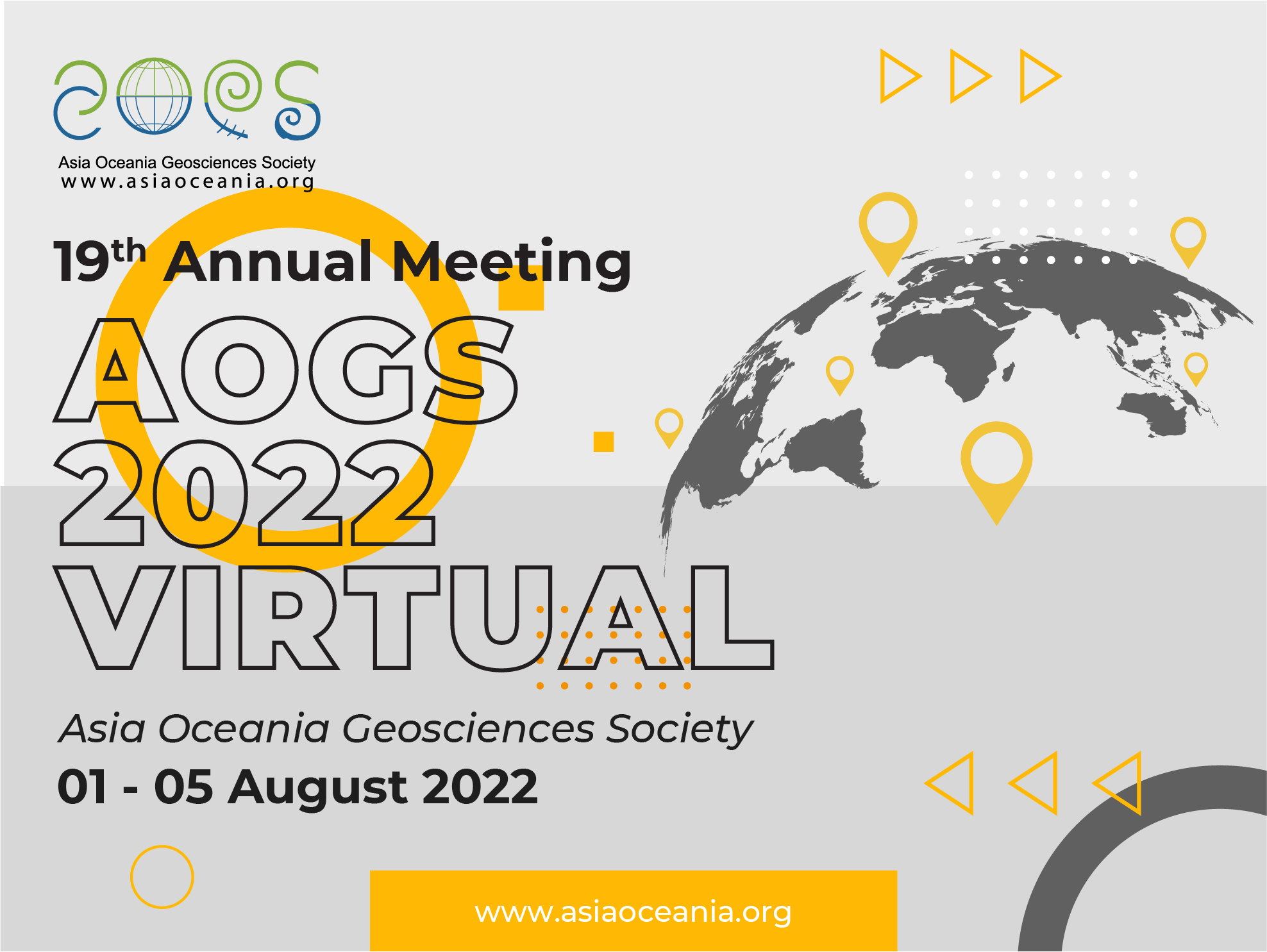
Marco BRENNA
Program uses Singapore Time and is 8 hours ahead of GMT
Special Session 02 Wed-03 Aug 18:00 – 20:00
Evacuation of a Complexly Zoned Reservoir During the 15th January 2022 Caldera Collapse Event at Hunga Volcano, Kingdom of Tonga
The 15 January 2022 eruption of Hunga volcano in the Tongan Arc was the most violent of historical times. We have geochemically characterised juvenile material from the eruption. The bulk composition is SiO2 ~57.5 wt% and Mg# 42, similar to the reported liquid line of descent for Hunga magma, but more primitive than the 2014/15, 2009 and pre-AD1150 pyroclastic deposits (>59 wt% SiO2 and Mg#<37). Modal glass compositions are 56-58 wt% SiO2, with a wide range from 53 to 63 wt% SiO2 in part influenced by groundmass microlite crystallization but also reflecting chemically distinct melt batches. Minor populations of ~60-63 wt% SiO2 microlite free glass, as well as glass mingling textures are indicative of syn-eruptive assembly of heterogeneous melt populations at the time of eruption. Phenocryst phases of clinopyroxene, orthopyroxene and plagioclase are, on average, more primitive than previous eruptions, but compositional ranges are much broader and also include more evolved crystals than previously observed. Crystal cores are generally homogeneous with thin (<150 microns) rims that record normal, reverse, or oscillatory zonation, indicative of complex magma mixing processes. Equilibrium cpx-liquid pairs are used to derive eruptive temperatures of 1110-1130°C. Calculated pressures are within the previously estimated range for the Hunga reservoir at 5-7 km depth. The chemical data suggest rapid tapping and evacuation of a more primitive portions of the magma reservoir. Previous eruptions selectively extracted the evolved top of the reservoir, producing 2009 and 2014/15 events, as well as the larger pre-AD1150 events, but the 2022 eruption extracted more primitive material not previously observed. This event provides a snapshot of the Hunga magmatic system and captures a heterogeneous andesitic reservoir that was slowly being replenished by evolved basaltic andesite melt. Future activity of the volcano rests upon the replenishment rates for this reservoir.
Marco Brenna is a senior lecturer at the Geology Department, University of Otago (New Zealand). He completed his PhD studies in 2012 at Volcanic Risk Solutions, Massey University, investigating the magmatic system of the Jeju Island Volcanic Field (South Korea) and generating models for the spatio-temporal development of intraplate dispersed volcanism. He subsequently held postdoctoral positions at the University of Tokyo Earthquake Research Institute (ERI), the University of Otago Geology Department, and the University of Auckland School of Environment, where he investigated volcanic systems in New Zealand, Japan, Korea, Saudi Arabia and Tonga. Marco applies chemical, petrological, experimental and field methodologies to understand magmatic evolution and eruption styles at diverse volcanoes. He characterises natural eruption products through micro-analytical techniques, and integrate these with their eruption setting to determine the conditions of magma generation, storage, ascent and eruption. He also conducts experimental investigation at high-pressure and high-temperature to simulate conditions of crystallization. He has been actively involved in the scientific response to the Hunga volcano eruption.

Marco BRENNA
University of Otago
